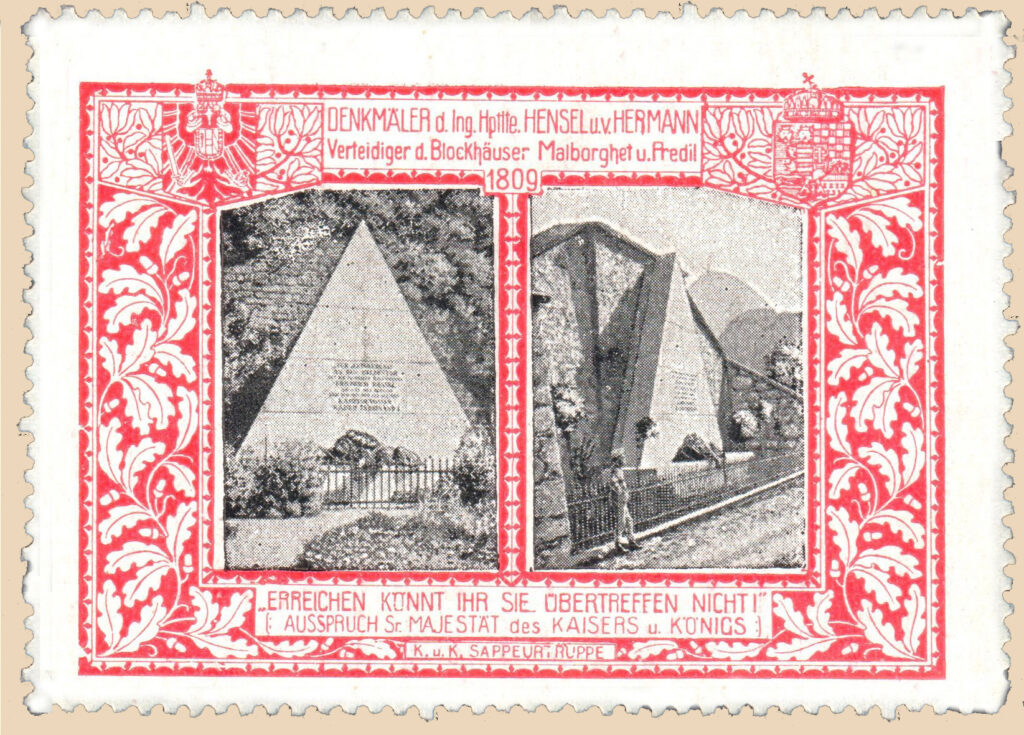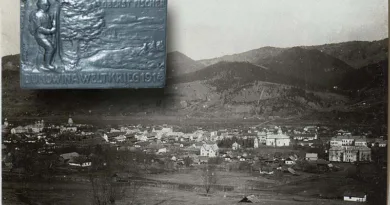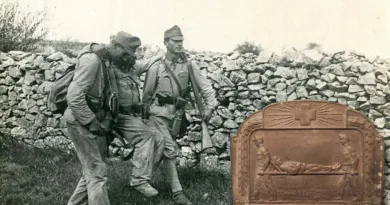Genie troops
Warfare requires very much a solution of technical problems. This applies to all areas of the use of military force. The maintenance of armaments and equipment affects combat units most directly. This includes the operation of the equipment necessary for the movement of the troops, as well as the supervision and construction of the routes and railway tracks required for the movement, and the restoration in the event of destruction. In the same way, crossing larger rivers requires very special tools, vehicles and expertise. To all this comes the destruction of enemy defense equipment, the construction of their own defense facilities. The operation of new, special weapons (such as trench mortars, flamethrowers) used during the Great War was also the responsibility of the technical troops.

The technical troops were deployed in close cooperation with the infantry. When attacking fortified sites, for example, it was the job of the pioneers to open the enemy technical barriers before attacking the infantry (if this could not be achieved using artillery). Thus, the technicians, ie. the pioneers and sappers, also suffered a significant blood loss in the battles. Their standing is also shown by the high honors they have earned, such as the medals of valor.
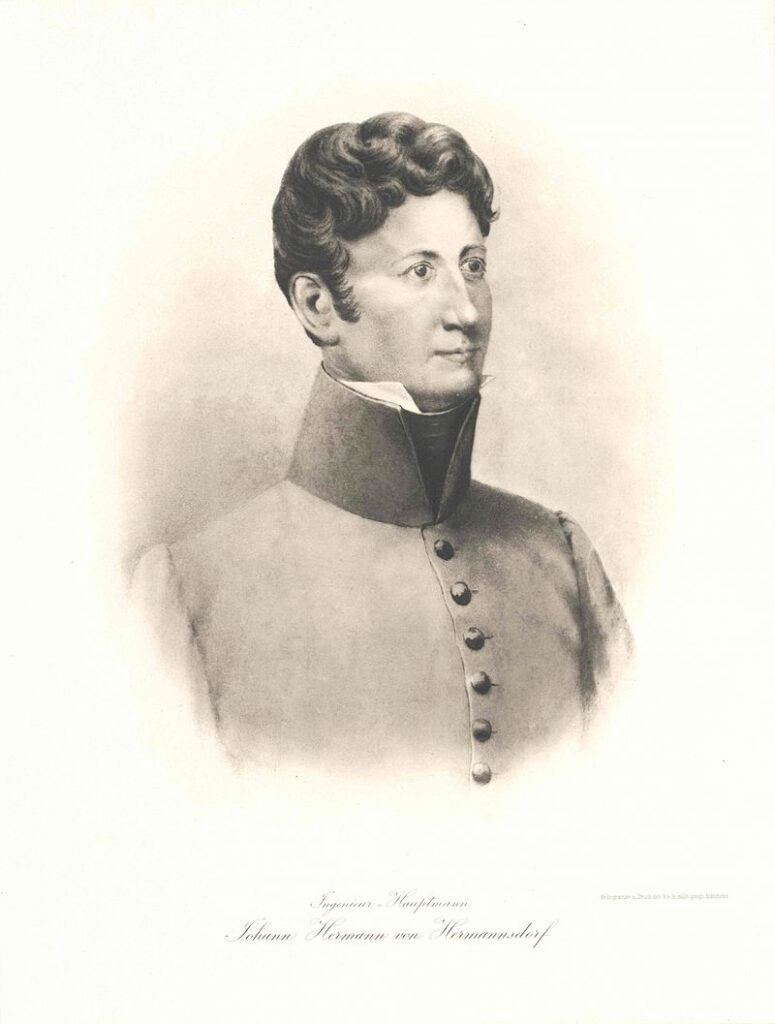
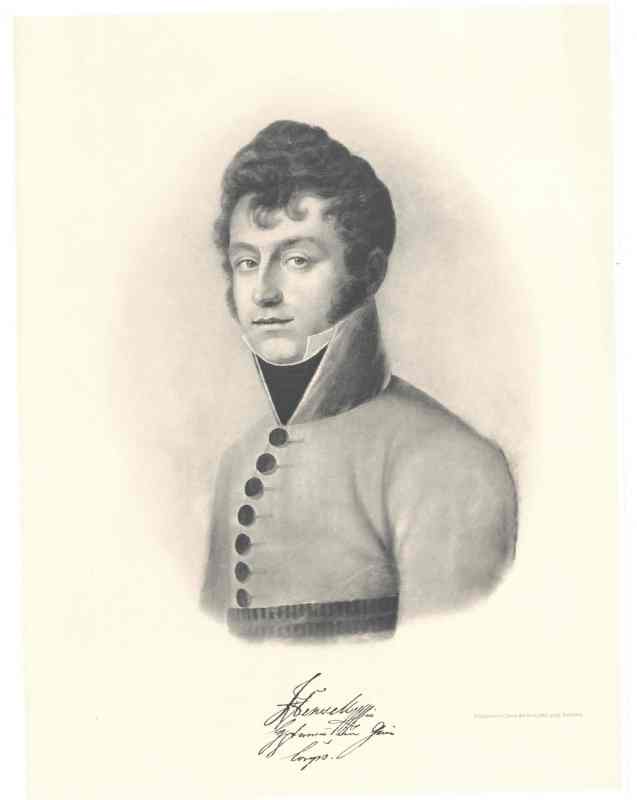
The Monarchy also sought to provide inspiring examples for the genie troops to follow. The cap badges of these troops also served this purpose. In an earlier post, I wrote about the development of technical troops, especially sappers during the Great War. In this post, I’ll introduce a letter seal for inspiration. On this two monument are seen which were erected in memory of the two small fortresses defending the borders of Carinthia in 1809 in the mountains of the Alps near Tarvis. In May 1809, Italian-French forces advancing in the valley of the river Fella captured the forts of Malborghetto and Predil, which were defending the valley, for a few days. The defenders, according to the chronicles, fought to the last man, and the commanders of the two forts, engineer captains Johann Hermann von Hermannsdorf and Friedrich Hensel, also died. Details of this battle can be found here.
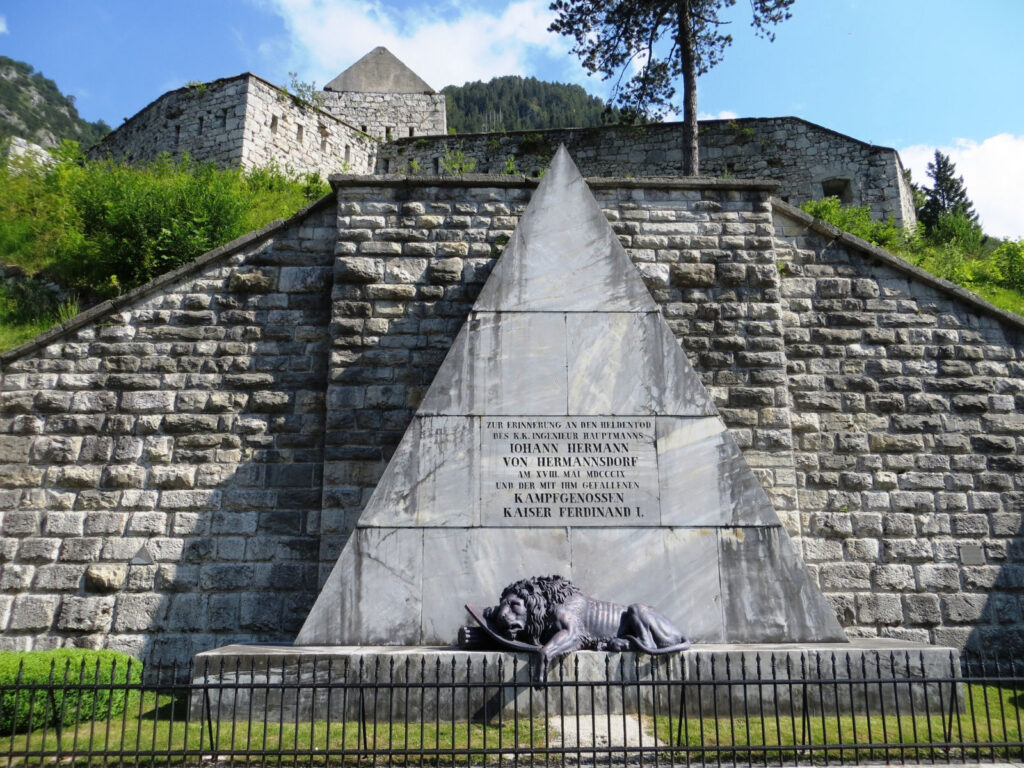
The letter seal attached to the post shows the two monuments that can still be found near Tarvis (today Tarvisio). The included badge is a general sapper badge.
